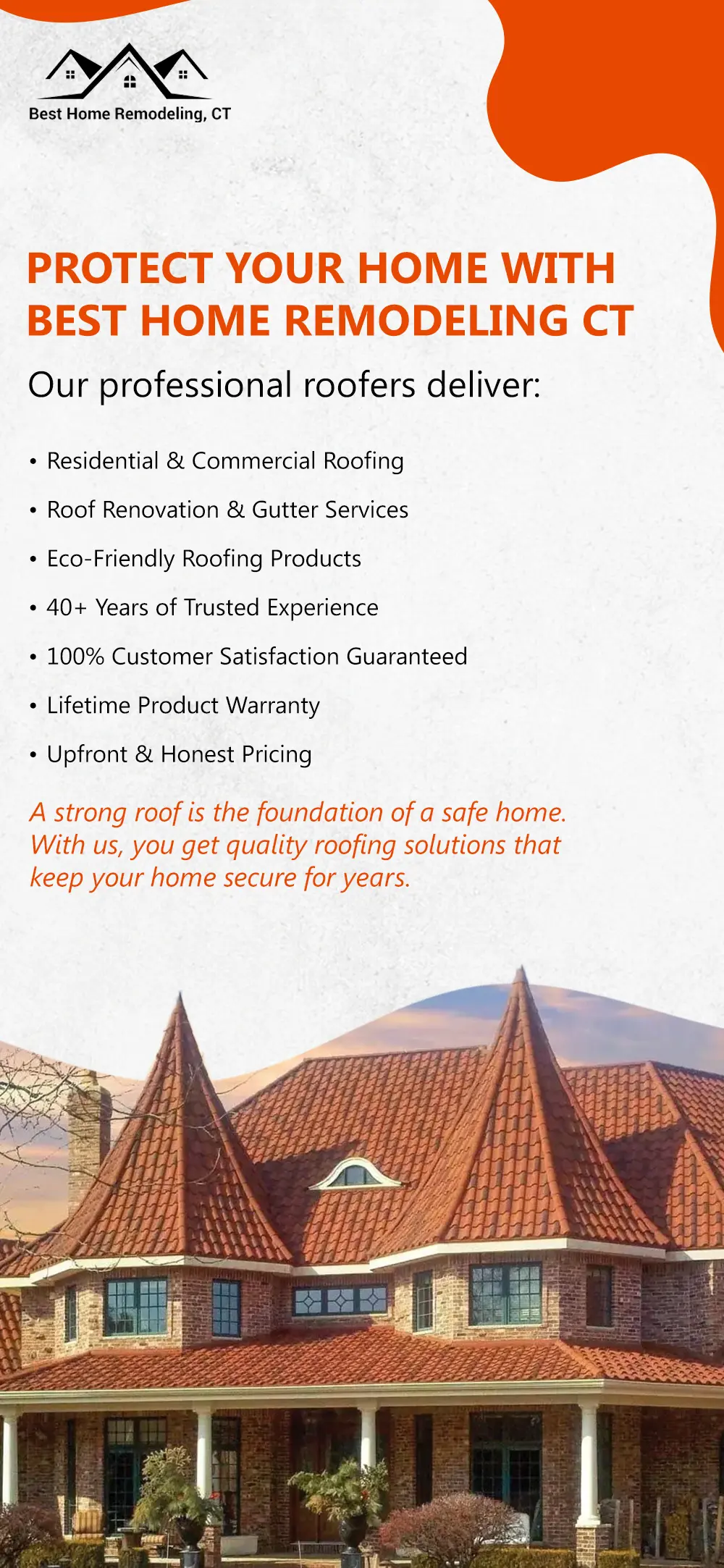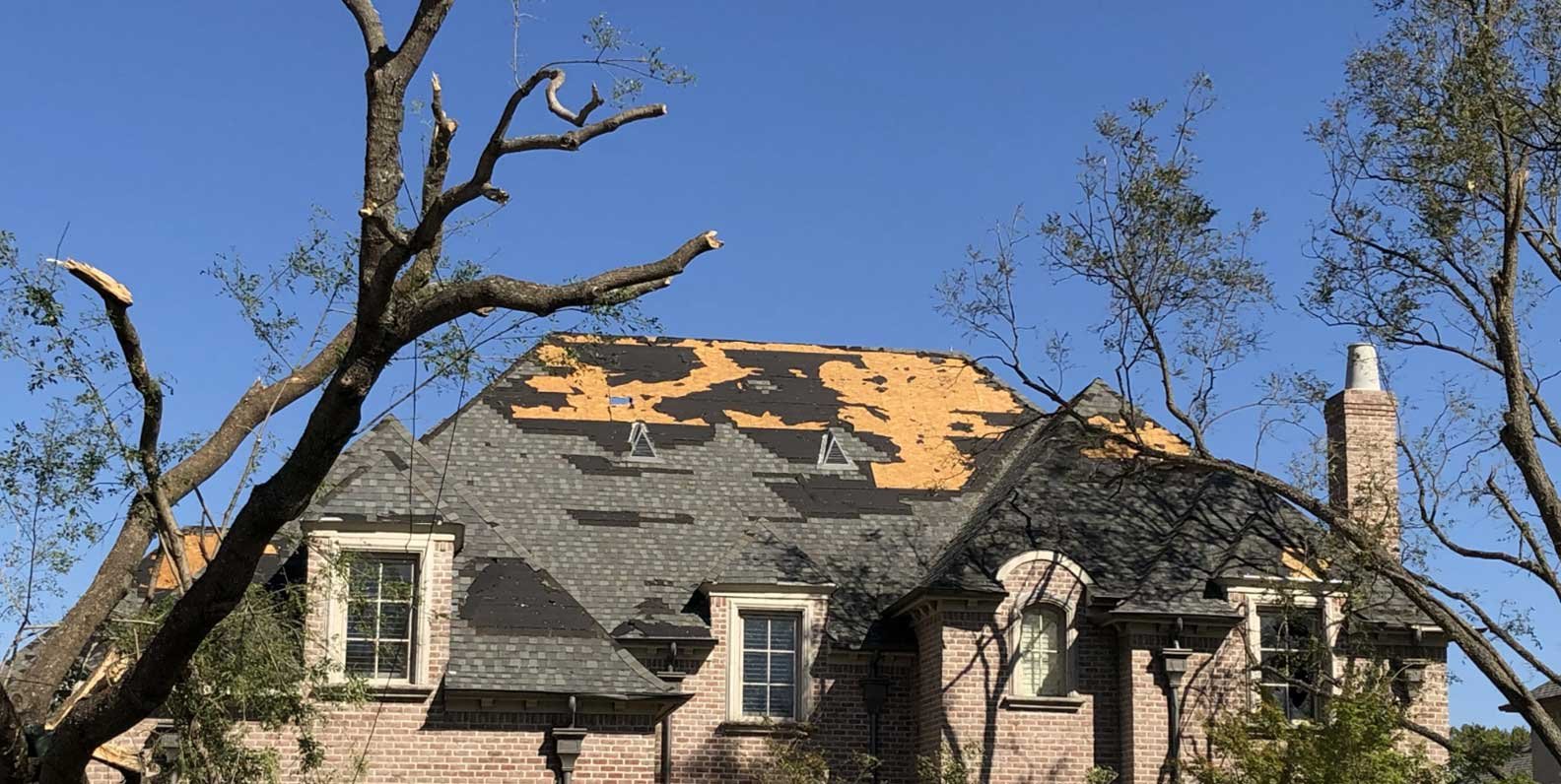When winter comes in, your roof is the frontline of defense for your home. Snow piles up, ice forms in the corners, and the temperature falls from one day to the next. That’s where choosing the best roofing material comes in.
You need to consider aesthetics and price while choosing the right roofing material. It’s also about protection, long-term durability, and peace of mind. This guide will help you explore the best roofing materials for snowy and icy climates.
From the snow-shedding qualities of metal tile roofing to the classic look of metal shingles and shake roofs, we’ll help you pick a roof that works best.
The Winter-Ready Roof Checklist: What Matters
Are you a homeowner looking for the best roofing materials? A high-quality roof stays strong, dry, and efficient all season long.
So what should you look for in a roof that can handle winter without breaking a sweat (or a shingle)?
-
Snow Shedding
As snow piles up, the weight increases, putting stress on your roof structure. Roofs built with a good slope and smooth materials (like standing seam metal) naturally allow snow to slide off. That reduces the load and helps to prevent the ice dams at the edges. The quicker the snow gets off the roof, the safer your home stays.
-
Ice Resistance
In winter, the weather constantly changes. This irregularity can damage your roofing materials if it’s not resistant to moisture or temperature changes. Ice-resistant roofing doesn’t crack, warp, or let water seep in, keeping the roof sealed and stable.
-
Strength
Snow looks soft, but when it builds up, it can weigh hundreds and even thousands of pounds. It’s heavier than it looks. Consider a roofing material that’s strong enough to carry the ice weight without sagging or weakening over time.
Although roofing material is important, the entire support system underneath also needs to be solid, especially if you’re using heavier materials like slate or tile.
-
Energy Efficiency
A weather-resistant roof keeps heat inside your home. That means better insulation and lower energy bills. The right roofing material and proper insulation serve as a thermal blanket for your home. This keeps the inner temperature warm and also lessens the heating costs, making the home more energy efficient.
Moreover, when heat stays inside, it doesn’t melt snow unevenly on your roof, preventing ice dams.
-
Low Maintenance
No one wants to be on a ladder in freezing wind trying to fix a loose shingle. A proper winter roof is designed to be low-maintenance, meaning fewer emergency repairs and less stress.
Durable materials like metal or synthetic options don’t need constant attention and are built to last longer after snow and ice.
Best Roofing Materials for Cold Climates
Are you replacing or installing a new roofing system? You need to wisely choose the material for the best outcome. Here are some of the top roofing materials that can withstand extreme weather conditions.
1. Metal Roofing

Metal roofing is considered the best option for snowy regions. The smooth metal surface allows snow and ice to slide off seamlessly, reducing the ice dams. Metal also stands up well to freeze–thaw cycles and doesn’t absorb water, so it won’t crack or warp. It has a lifespan of 40-70 years with minimal maintenance. It’s built for longevity even in extreme weather conditions.
Select a metal roofing option that suits your climate, budget, and style. Here are the three most popular options:
Metal Tile Roofing
Metal tile roofing can give your roof the look of clay or concrete tiles. But without the weight or fragility. It’s an excellent option for homeowners who want both strength and style.
- Resists cracking due to moisture absorption in freeze–thaw conditions
- Lighter than traditional tiles, reducing structural demands
- Available in stone-coated or smooth finishes for a high-end look
Metal Shingle Roofing
Metal shingles are a smart upgrade with better protection and a longer lifespan. They combine a traditional appearance with durability, making them ideal for cold climates with frequent snow and ice buildup.
- Able to withstand hail and falling ice
- Energy-efficient coatings help reflect heat and reduce attic moisture
- Interlocking panels provide great resistance to wind uplift and leaks
Metal Shake Roofing
Metal shake roofing is perfect for homeowners who love the textured, rugged look of cedar shakes. Forget the struggles of rot, warping, or constant maintenance that come with real wood. It’s especially popular in mountain homes, cabins, and heritage-style builds.
- Resistant to insects, mold, and fire, unlike traditional wood shakes
- Withstands extreme temperature swings without curling or cracking
- Offers timeless curb appeal with a rugged, hand-split wood aesthetic
2. Slate Roofing

Slate is one of the most durable and dependable roofing materials. It’s naturally protective against extremely low temperatures, making it a dependable choice for homeowners. However, slate requires a solid roof structure for support. Also, it’s one of the most expensive roofing options.
3. Synthetic Roofing

Synthetic roofing materials are designed to eliminate the stress of weight or maintenance. Its look resembles slate or wood shake. These modern options are highly rated against snow, UV exposure, and freezing conditions. They’re also lighter than traditional materials, making installation easier. It may cost more than the traditional options, but the performance can justify the cost.
4. Asphalt Shingles

Asphalt shingles are the most affordable, easiest to install roofing option. Architectural or impact-rated shingles perform better than basic three-tab styles. But asphalt shingles can go brittle in harsh cold weather conditions. It may reduce its longevity and increase maintenance needs over time.
5. Rubber Membranes (EPDM, TPO)

Rubber roofing membranes are waterproof and UV resistant, excellent for flat or low-slope roofs. They’re a reliable option for winter performance, especially in commercial settings. However, they’re not suitable for steep-sloped residential roofs and won’t offer the same visual appeal as other materials
| Material Category | Pros | Cons |
| Metal | Superior snow shedding, long-lasting, hail/wind resistant, winter installable | Higher initial cost, can be noisy, needs underlayment |
| Asphalt Shingles | Affordable, easy install/repair, moderate lifespan | Brittle in extreme cold, shorter lifespan |
| Slate | Ultra-durable, weather-resistant, elegant | Very heavy, expensive, and requires structural support |
| Synthetic | Lightweight, stylish | Potentially shorter lifespan than natural materials |
| Rubber Membranes | Flexible, ideal for low slopes, resistant to freezing | Typically used on flat roofs, not suited for steep slopes |
Conclusion
When the snow accumulates, your roof needs to do more than look good. Among all the options, metal roofing in tile, shingle, or shake form stands out as the smartest choice for homeowners living in snowy climates.
With unmatched durability, snow-shedding ability, and timeless style, metal continues to be one of the best roofing materials.
Need help choosing the right material? Talk to our roofing experts at Best Home Remodeling CT and find which roofing material is best for your home. We not only guide you but can also install the roof securely to ensure your home remains safe during harsh weather conditions. So, contact us today to get a free quote!
Frequently Asked Questions
1. Is metal roofing good for snow and ice?
Yes. Metal roofs shed snow easily, resist ice damage, and hold up well in freeze–thaw conditions.
2. How long does metal roofing last?
Typically 40–70 years or more, especially in cold climates with proper maintenance.
3. Is metal roofing more expensive than shingles?
Upfront installation costs for metal roofing are high. But they last longer and require less maintenance than traditional roofing materials.
4. Will snow slide off too fast from a metal roof?
It can, but snow guards control the slide and prevent snow from falling near walkways or entries.




